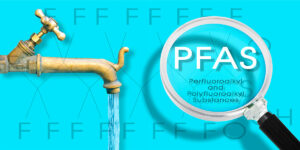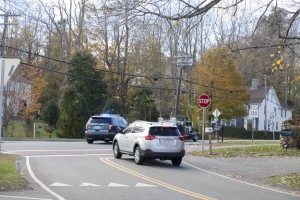 HYANNIS – A fast response to the symptoms of a stroke can save your life and prevent long-term disability.
HYANNIS – A fast response to the symptoms of a stroke can save your life and prevent long-term disability.
“For each minute that goes by after a stroke starts, two million brain cells die,” said Michael Markowski MD, a neurologist at Cape Cod Hospital. “Stroke is a medical emergency; ideally the patient gets to the emergency room within one hour of the onset of symptoms or as soon as symptoms start.”
Immediate assessment and treatment are key.
“There is only one medication, tPA (tissue plasminogen activator), a clot busting drug that can be used to treat a stroke, and that has to be given within four and a half hours of the onset of symptoms,” said Dr. Markowski. Patients over the age of 80 have to receive it within three hours.
“The sooner they are treated the better their outcomes in preventing long-term disability,” he said.

via National Stroke Association
The symptoms people ignore
Symptoms of a stroke are often ignored because they are not as clear-cut as symptoms of a heart attack. One third of strokes occur in people under 65.
“The general public is aware that chest pain, pressure, shortness of breath can all be symptoms of a heart attack, but stroke symptoms can be much more variable,” said Dr. Markowski.
May is National Stroke Awareness Month, and the American Heart Association and American Stroke Association advises staying alert to these warning signs:
- Sudden numbness or weakness of the face, arm or leg, especially on one side of the body
- Sudden confusion, trouble speaking or understanding
- Sudden trouble seeing in one or both eyes
- Sudden trouble walking, dizziness, loss of balance or coordination
- Sudden severe headache with no known cause
The acronym FAST is another way to remember the symptoms:
- Face drooping
- Arm weakness
- Speech difficulty
- Time to call 911
“The important point to remember is that the symptoms are on one side of the body,” said Dr. Markowski.
Assessment and Diagnostic Tests
When a stroke patient arrives at the emergency room, he or she is immediately assessed using the NIHSS stroke scale to determine the severity of the symptoms. “The higher the score, the greater degree of deficits,” said Dr. Markowski.
This is followed by a head CT scan and bloodwork.
“The head CT scan indicates if we are dealing with a hemorrhagic stroke (bleeding into the brain) which occurs 15 percent of the time. Most patients have an ischemic stroke (blocked blood vessel) that occurs 85 percent of the time,” he said.
Once evaluated, the decision for the administration of tPA is made. Some don’t meet the requirements because they have had a hemorrhagic stroke, recent surgery, head trauma or other factors. These could put them at a higher risk for bleeding from tPA, which is a major side effect of the medication, said Dr. Markowksi.
Another medical emergency is a TIA (transient ischemic attack), which presents the same symptoms of a stroke but subside within 5-30 minutes. These patients require the same work-up as patients with strokes because there is potential for a stroke. About 15 percent of major strokes are preceded by a TIA according to the AHA and ASA.
If you are unsure if you should go to the emergency room when having symptoms of a TIA or stroke, Dr. Markowski shares some advice.
“When in doubt, let us figure it out.”

























Speak Your Mind